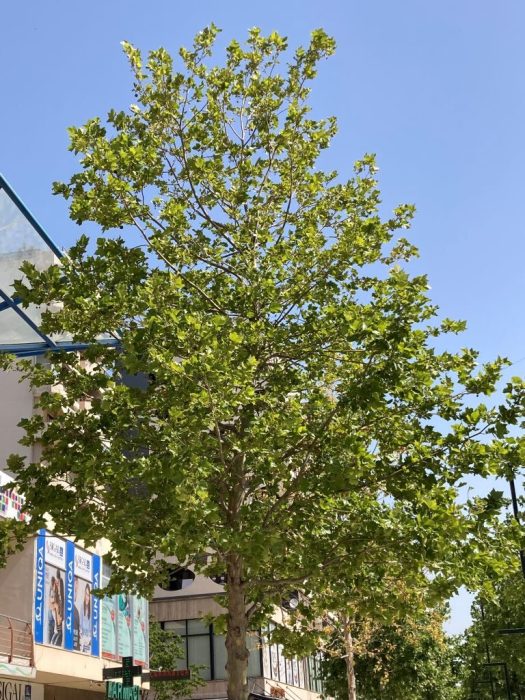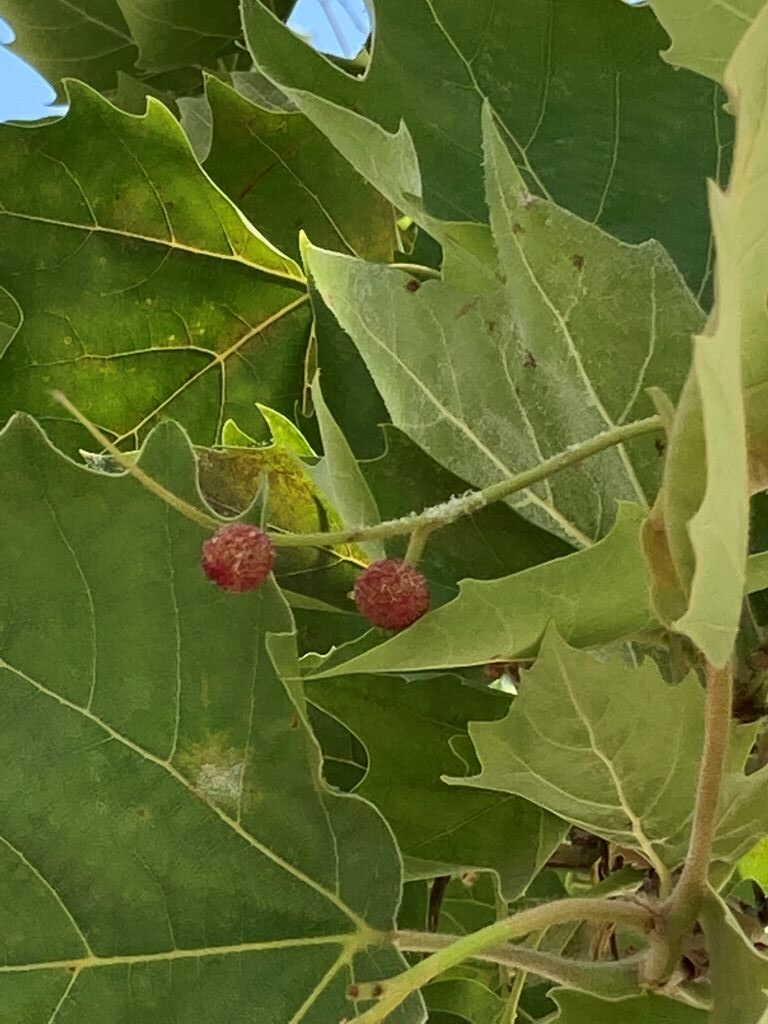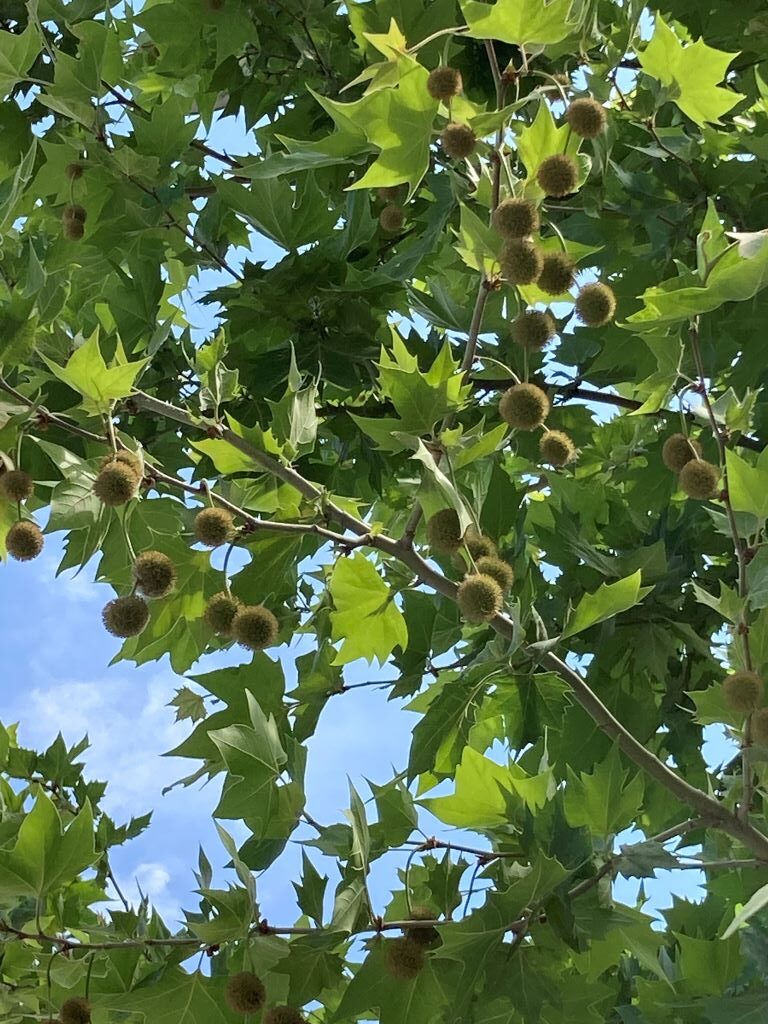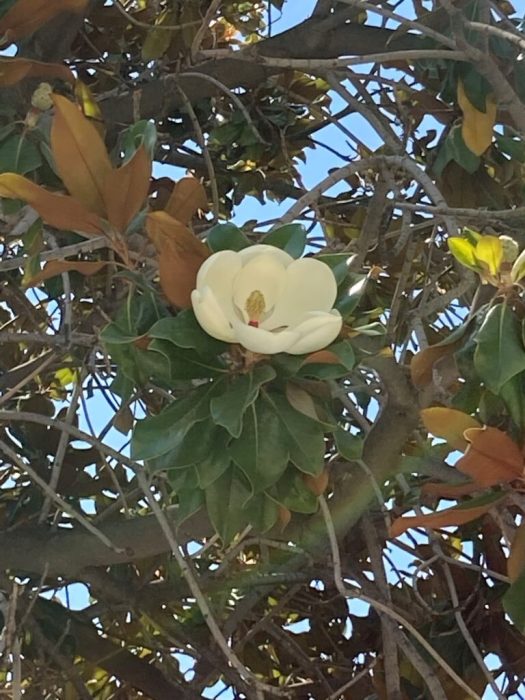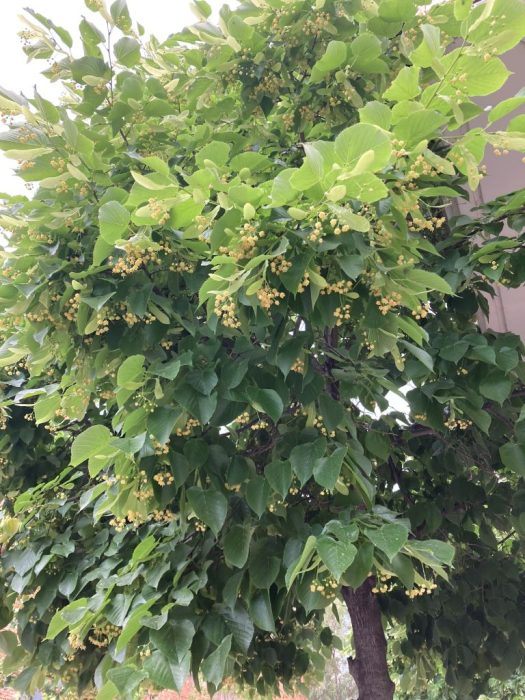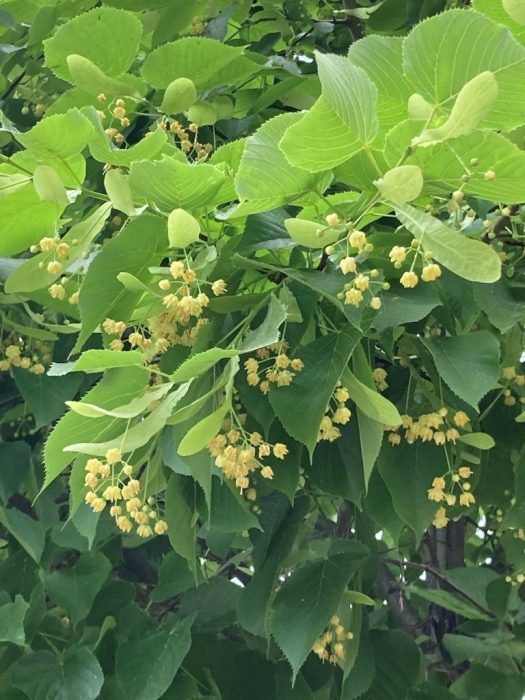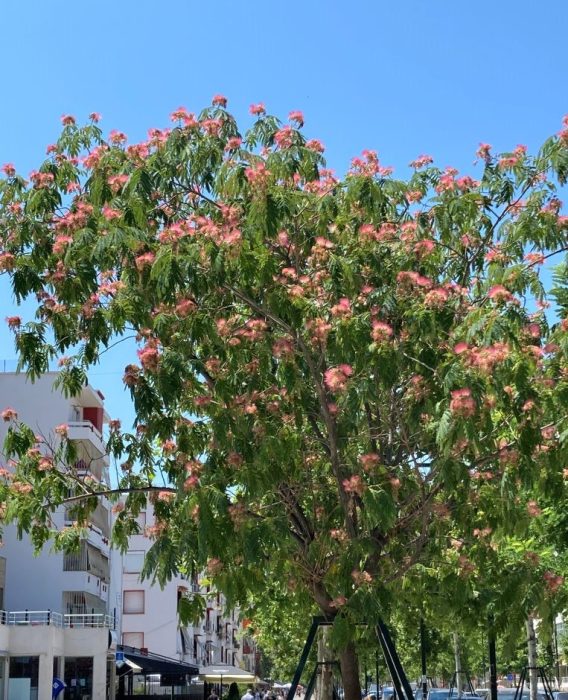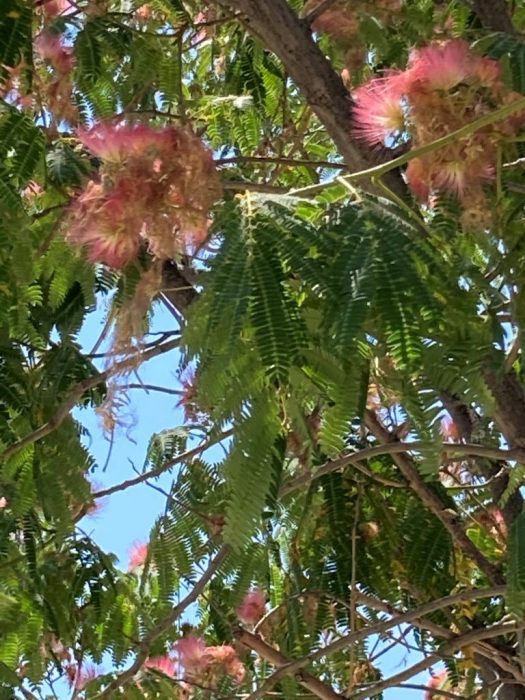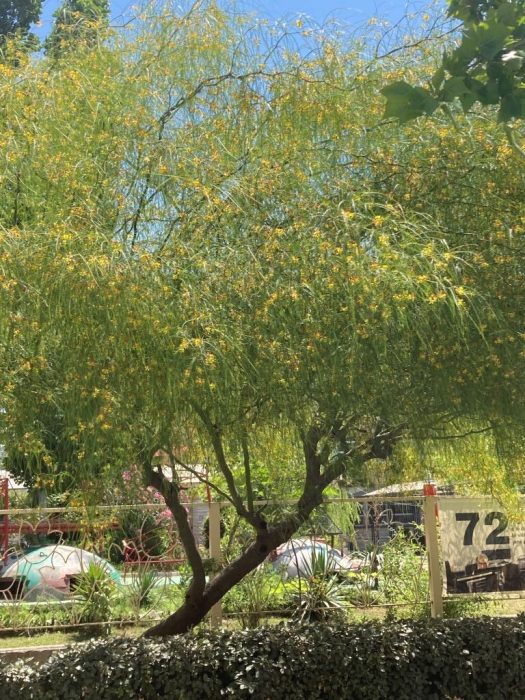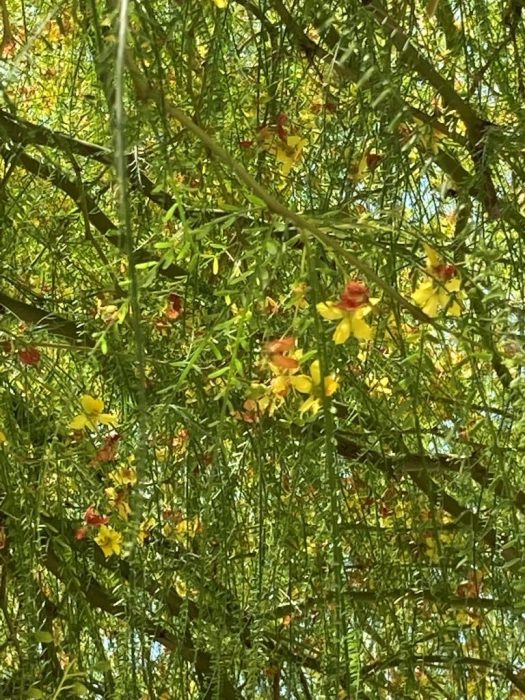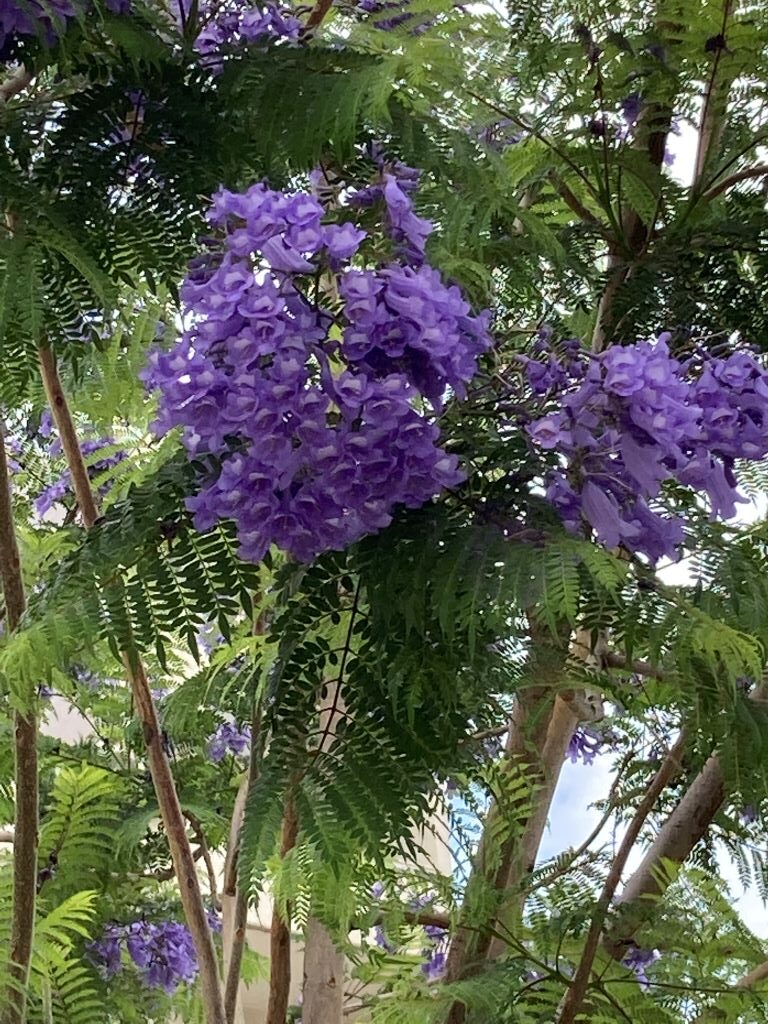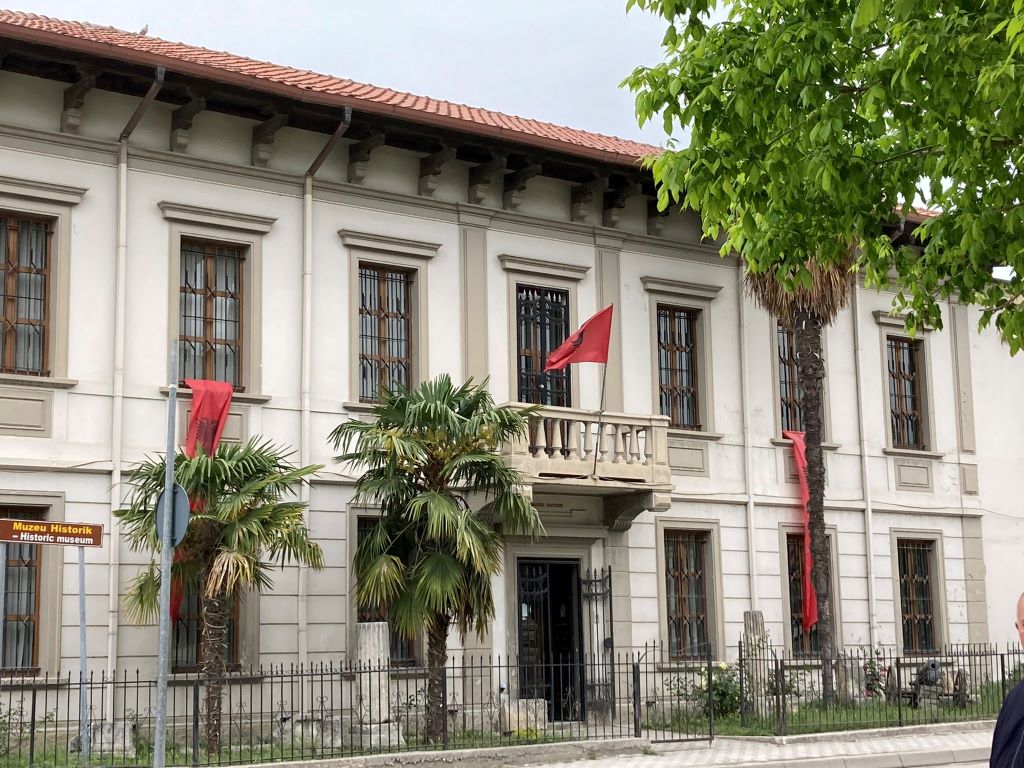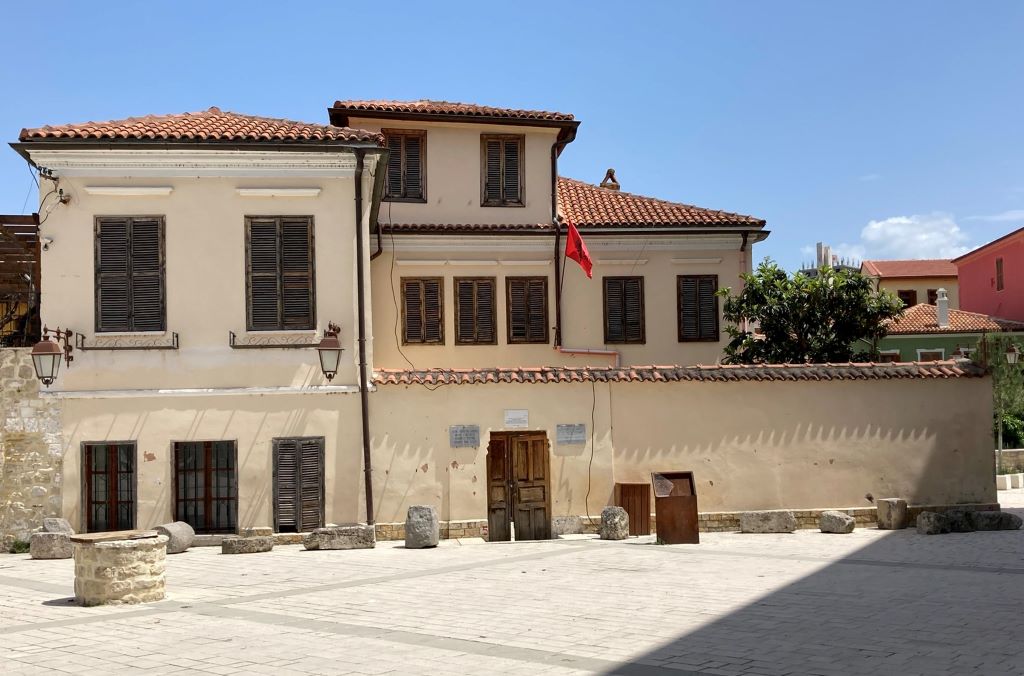Category: Vlora Attractions
NATIONAL HEROES CEMETERY
The National Heroes Cemetery is a great place to go, to pay your respects to some of Albania’s Heroes.
In addition to paying your respects to the National Heroes, the National Heroes Cemetery overlooks the city of Vlora.
The National Heroes Cemetery is located, on the hillside, above Flag Square in Vlora.
VIDEO OF THE NATIONAL HEROES CEMETERY
What a great place to situate a cemetery for your country’s heroes!
To get up to the cemetery you must traverse over 12 sets of steps.
If you need a break while going up, there are large landings to stop on.
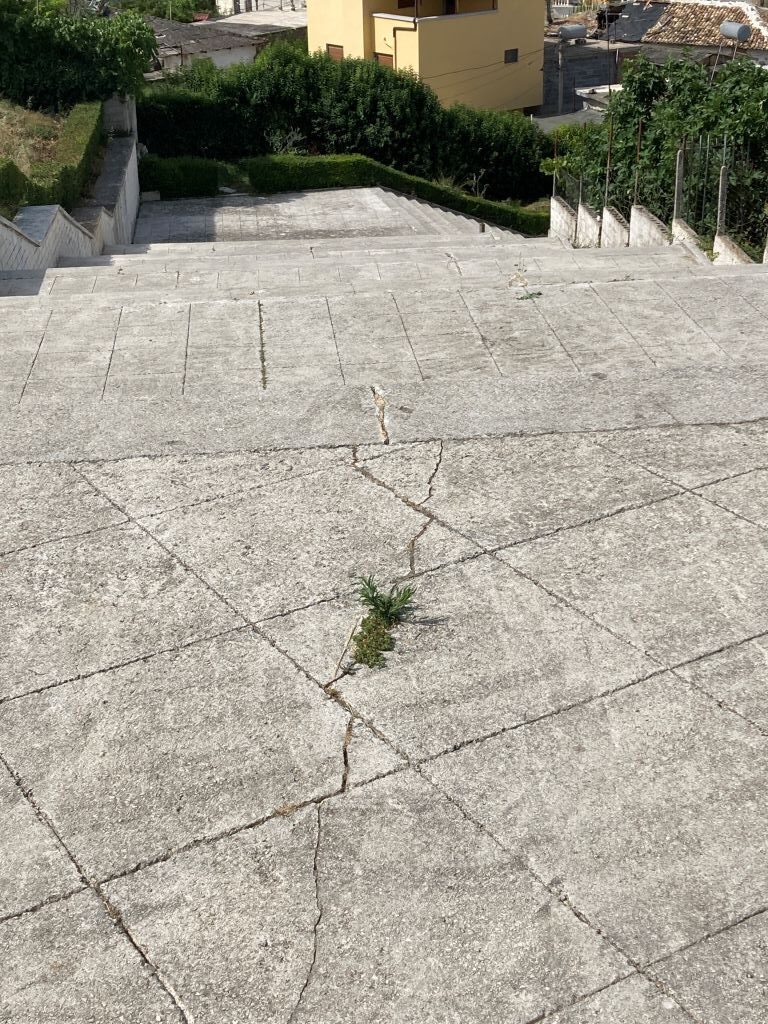
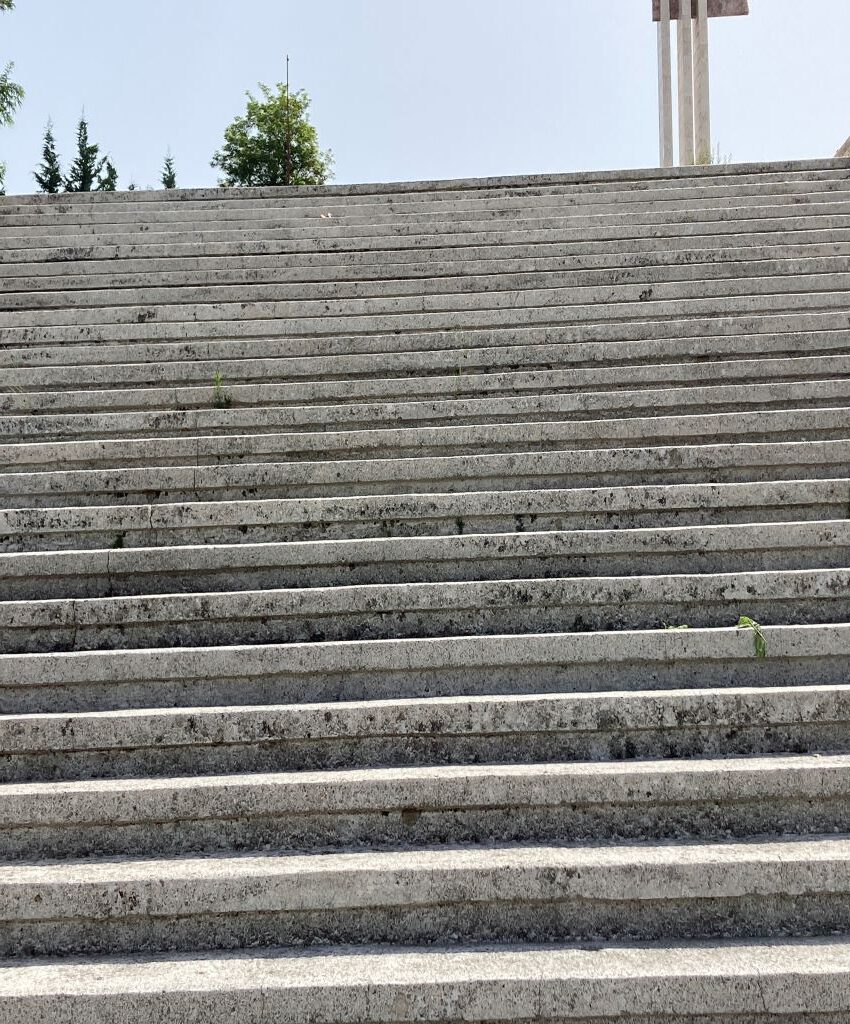
The cemetery is very orderly and the graves are well marked.
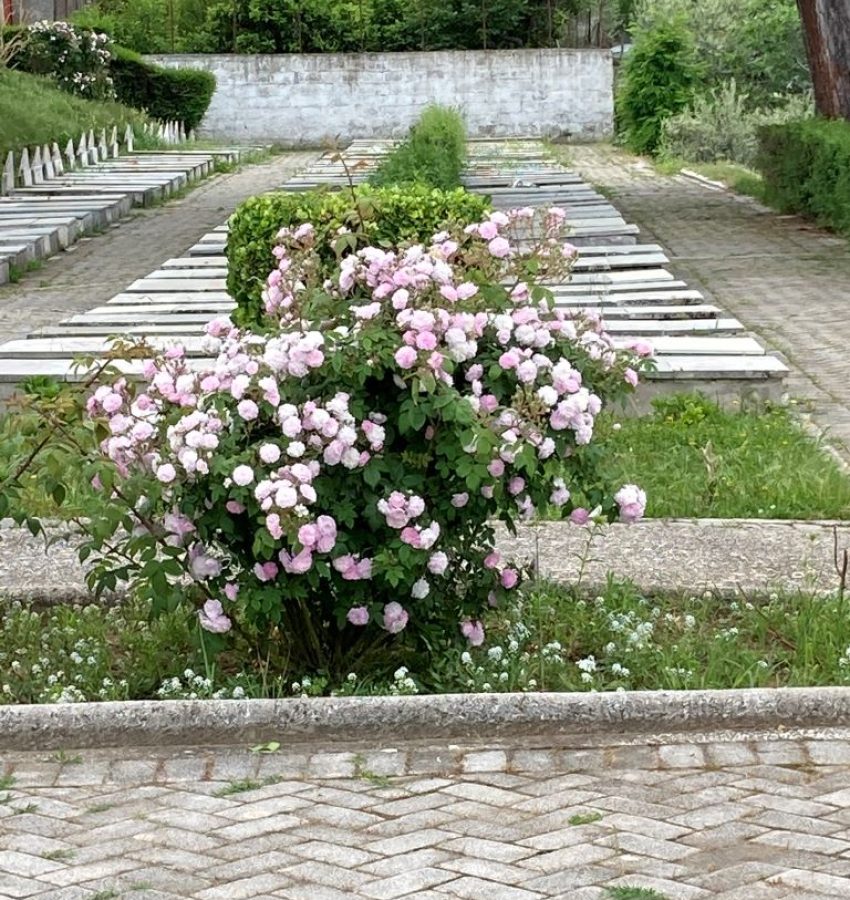
Upon reaching the level of the graves, you will find there are five levels of graves. Separated by, you guessed it, more steps!
There is a name placard on each grave and sometimes there is a little more information.
The whole area is nicely landscaped, with beautiful flowers and meticulously groomed grass.
Along with the smell of citrus and jasmine blossoms, there is a fresh breeze coming from the ocean.
It is a very beautiful and peaceful place.
Some of the National Heroes are remembered throughout Vlora.

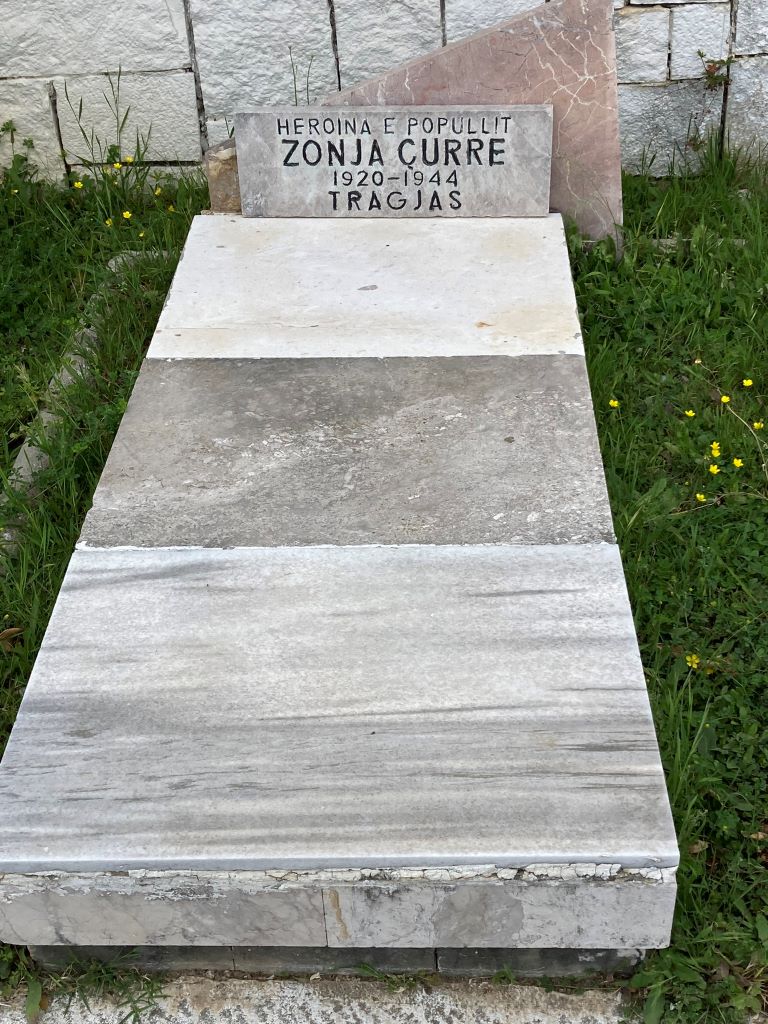
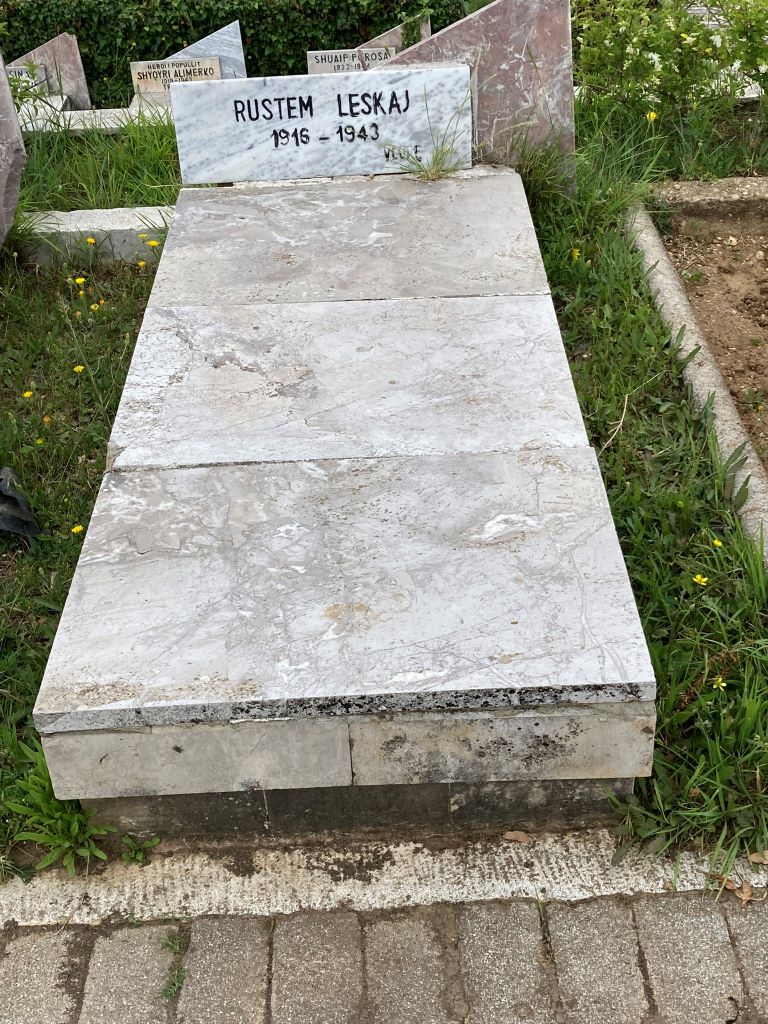

Hasan Kushta, one of the nation’s heroes, lies in a marked grave.
There is a street in Vlora named after him.
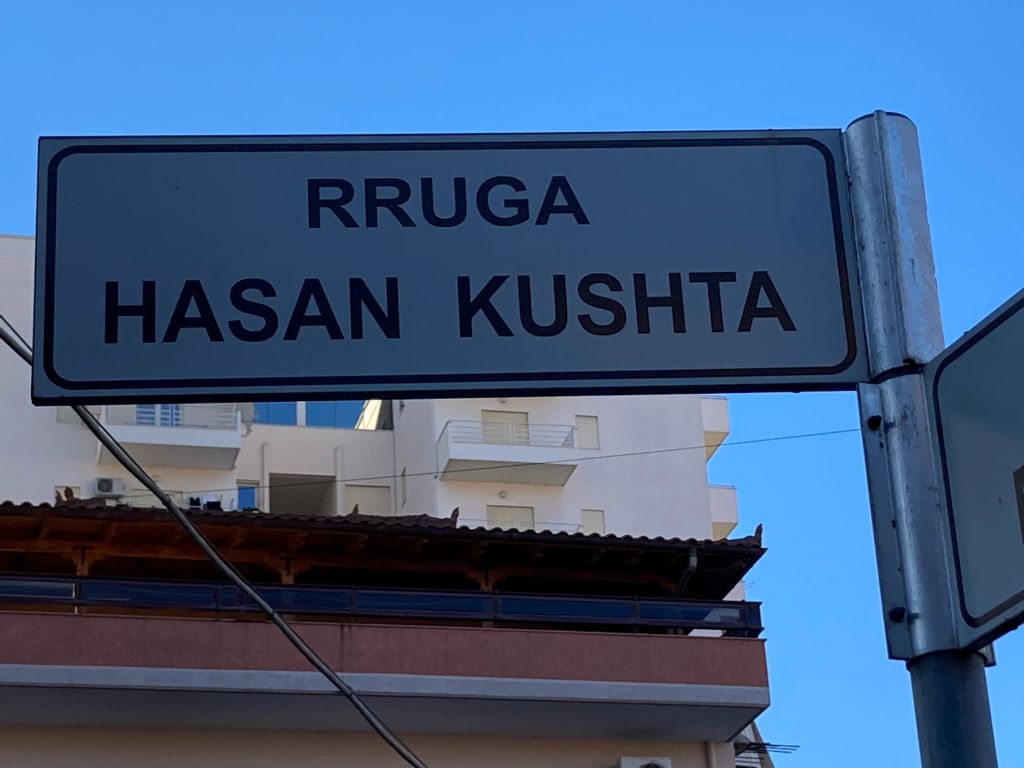
From the steps, below the cemetery, are great views of Vlora.
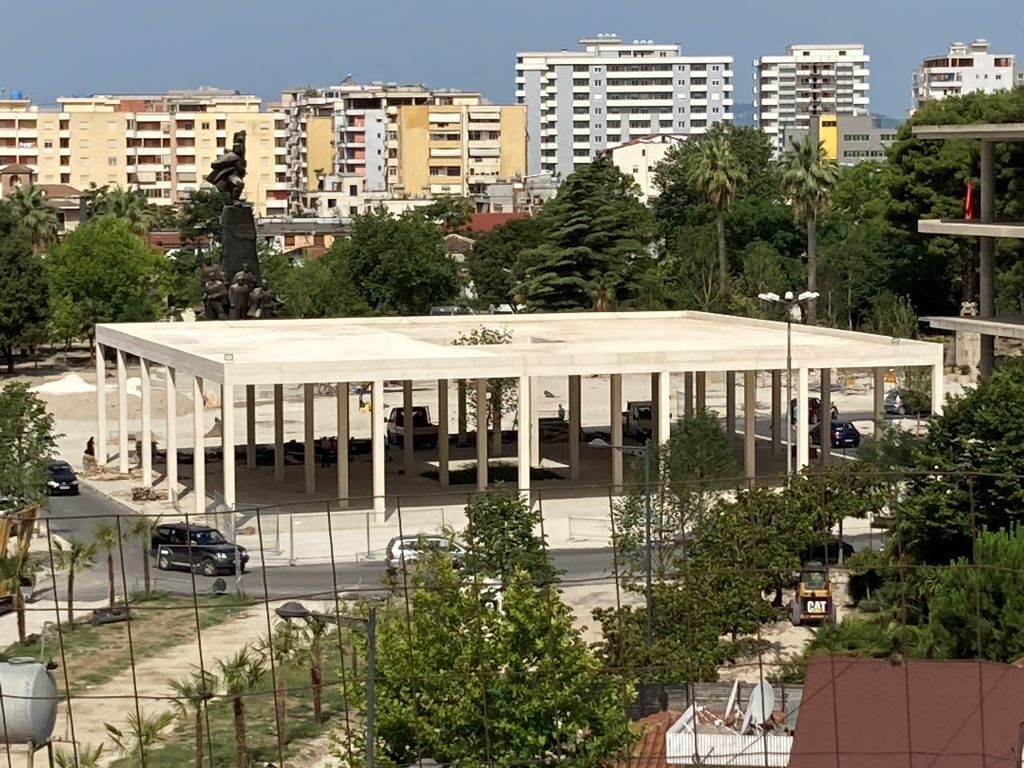
To the north is the Zvernec Monastery and the Vjose-Narte Protected Landscape Reserve.
Closer in is the old part of the city which has been partially restored.
Just below is a mosque, built in 2014.
You can see the minaret.
In addition, there is a street of colorful buildings, which you look down upon.
The Ethnographic Museum is near there.
If Vlora Museums interest you, check out my post.
On the hill to the south, above the cemetery, sit two mosques with green domes.
While below there is a mix of new unfinished apartments and old tile-roofed houses.
Along with some newly renovated houses and new apartment buildings.
Further out to the west is the bay of Vlora.
It is a beautiful scene to behold.
To conclude, this is a very beautiful cemetery and well worth the effort to go see it.
Thank you very much for visiting the Beautiful Vlora website. I hope you find it informational and helpful.
I welcome your questions and suggestions. Please feel free to fill out the Questions/Suggestions Form, below.
Thank you for taking the time to ask or suggest and I will answer you as soon as possible.
Once again, thank you, for visiting the Beautiful Vlora website.
HISTORIC MUSEUMS IN VLORA-2022
Three great places to visit are the Historic Museums in Vlora. The following information is current, having visited all sites in 2022.
There are three historic museums in Vlora, the National Museum of Independence, The Historical Museum of Artifacts, and the Ethnographic Museum.
The National Museum of Independence

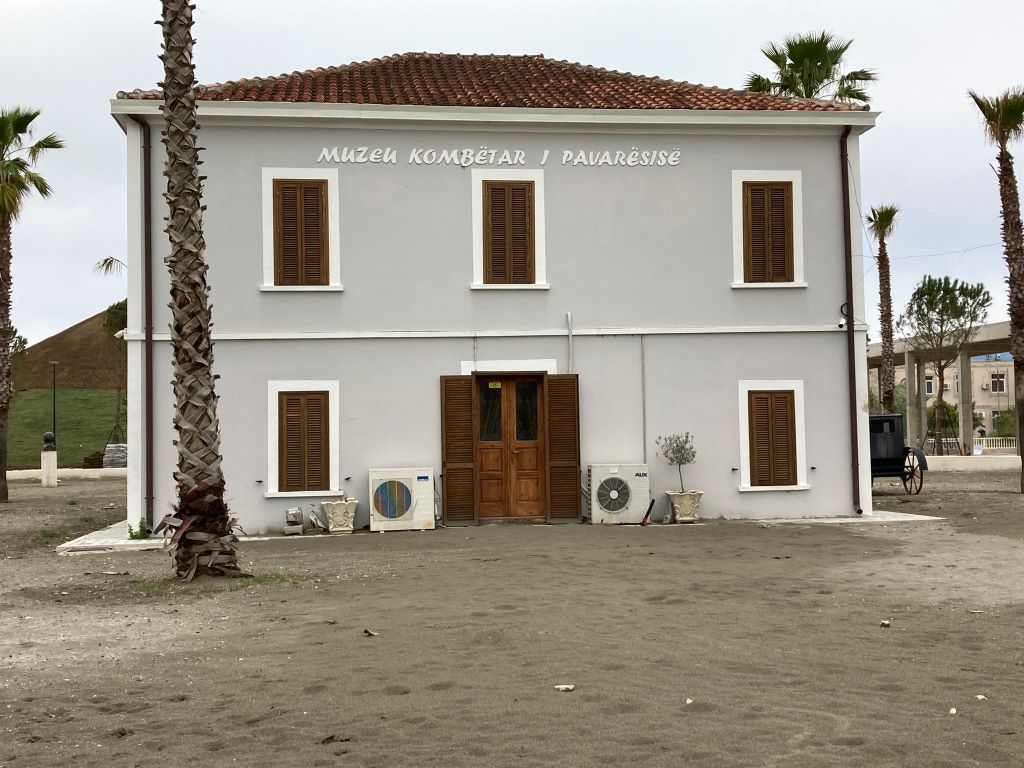
Albania declared independence on November 28, 1912.
From the front balcony of this now historic museum, Ismail Qemali raised the Albanian flag.
Throughout the museum are many historical facts, presented with photographs. As well as several antique pieces of furniture.
On this website, there is an excellent description of the museum. However, the building exterior has changed since that article.
On this website is a detailed article about the Independence of Albania. It is very interesting for history buffs!
They are open Tuesday through Saturday from 9 AM until 5 PM and Sunday from 10 AM to 2 PM.
During the Summer they are open on Mondays from 8 AM until 11 AM and again from 5 PM to 10 PM.
In addition, they are closed on Mondays for the rest of the year.
The ticket price is 300 Leke or 2.50 euros.
They are located between the Port of Vlora, the University, and across from KFC. Their physical location is Here.
If you want to get to the museum on the Vlora City Bus take any Uji Ftohte bus. Check out this post and the map is below.
Get off by Mon Cheri Coffee Shop.
The Historical Museum of Artifacts
The Historical Museum of Artifacts takes you on an archeological journey through the history of Vlora and the surrounding area.
The original church bell from Kanina castle is located within.
Along with many antiquities of Vlora history, dating back to the Neolithic period.
They are open Monday through Saturday from 9 AM to 4 PM and Sunday from 9 AM to 2 PM.
The ticket costs 100 lek.
One of the most interesting museums in Vlora is the Ethnographic Museum.
This museum is about the way people used to live.
Within the museum, separate rooms and areas are depicting the different ways of life.
Some examples are:
The separate gathering rooms for men and women.
A room for the Fisherman and the Blacksmith.
Another area for various ceramic pottery.
In addition to a room to depict their crafts and woolen rugs. This is my favorite room!
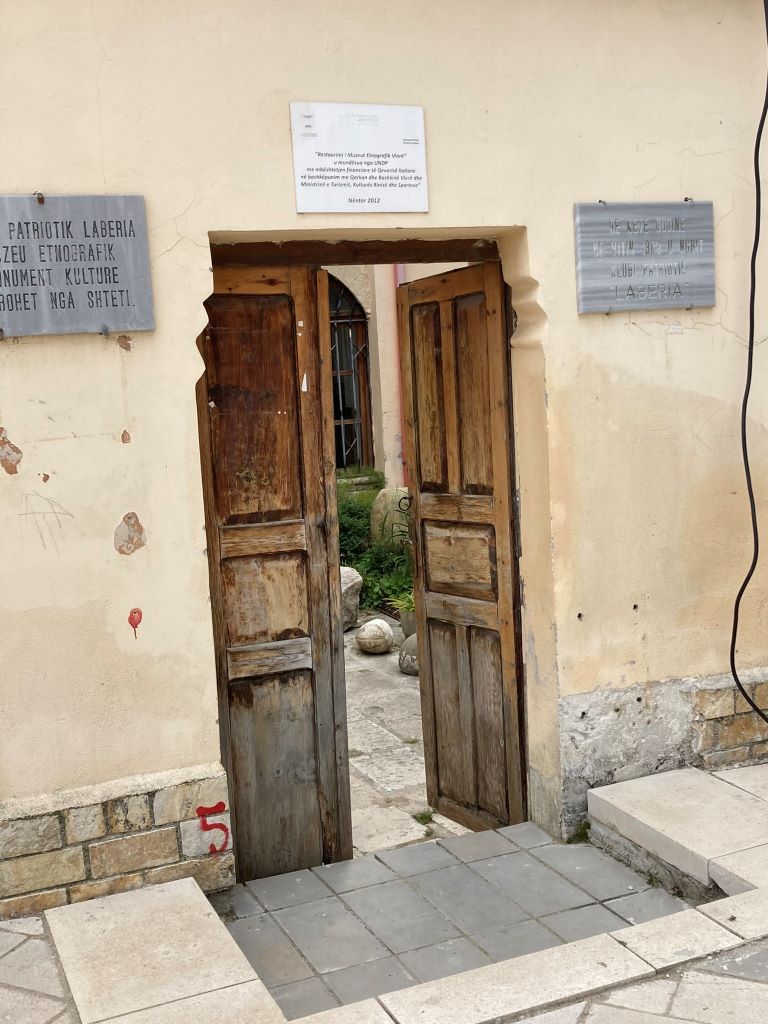
Because photographs are forbidden in this museum, here is a website to view the interior of the museum.
They are open Tuesday thru Friday from 8 AM until 4 PM.
As well as Saturday and Sunday from 8 AM until 2 PM.
Unfortunately, they are closed on Mondays.
The ticket price is 200 Lek.
The Museum is located across the street from the Historical Museum of Artifacts, in the square with Sophie Caffe.
It is an inconspicuous building. The location on the map is Here.
Behind this museum is the colorful tourist street area.
In conclusion, there are three great historical museums in Vlora to visit and learn about the history and peoples of Vlora and Albania.
I hope you can visit them while you are here.
Thank you very much for visiting the Beautiful Vlora website. I hope you find it informational and helpful.
I welcome your questions and suggestions. Please feel free to fill out the Questions/Suggestions Form, below.
Thank you for taking the time to ask or suggest and I will answer you as soon as possible.
Once again, thank you, for visiting the Beautiful Vlora website.
10 ROADSIDE FLOWERS IN VLORA
Vlora has a great climate and so the are many more than 10 Roadside Flowers in Vlora.
The following 10 Roadside Flowers in Vlora are some of the more commonly seen flowers.

Viper’s Bugloss- Echium vulgare L.
The Viper’s Bugloss is in the same family as Borage which is the family Boraginaceae.
Their signature trademark is the beautiful blue bell-shaped flowers.
The name Viper has derived from the thought that the spotted stem resembles a viper. Bugloss is Greek meaning Ox tongue, which the shape of the leaves resembles.
They are very widespread throughout Europe and introduced in other parts of the world.
They are great for beneficial insects such as bees.
Being cultivated as an ornamental it now has many different cultivars.

Wolf’s Milk- Euphorbia helioscopia L.
Wolf’s Milk is commonly referred to as Leafy Spurge.
The white milky sap that comes from the stem, when cut, is where the name comes from.
It is native to Europe and Asia and is an invasive plant in the USA.
I am personally familiar with this plant because when I herded sheep in Montana, they were there to graze the leafy spurge.
The sheep loved it and did an excellent job of clearing it out.
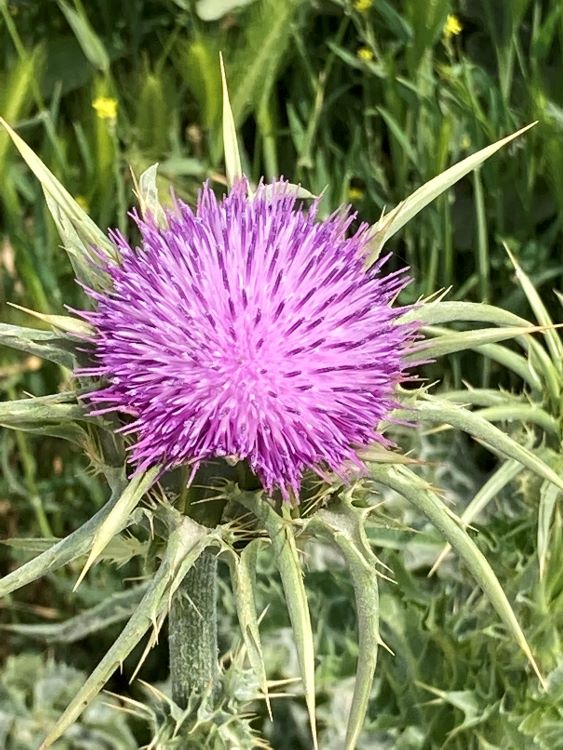
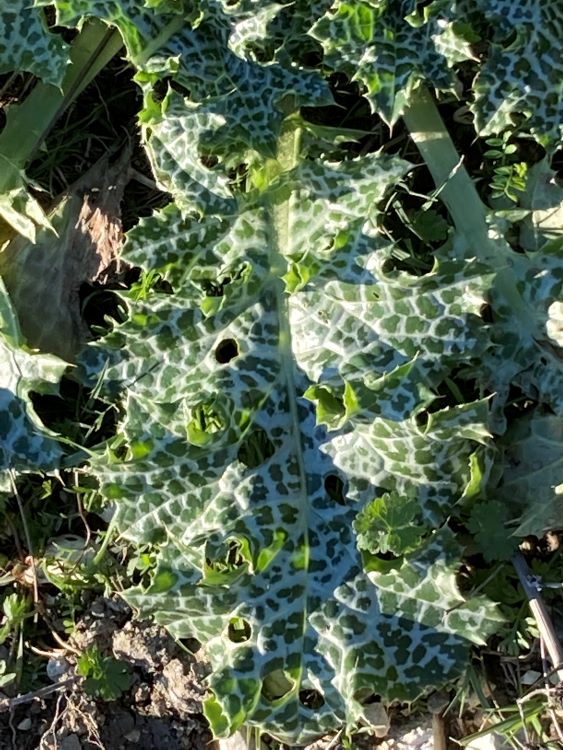
Syrian Thistle- Notobasis syriaca (L.) Cass.
This is a plant that I was particularly interested in because of the beautiful variegated leaves and large purple flowers.
It is native to the Mediterranean area and the Middle East.
On the island of Crete, in Greece, the locals peel its tender shoots and eat them raw.
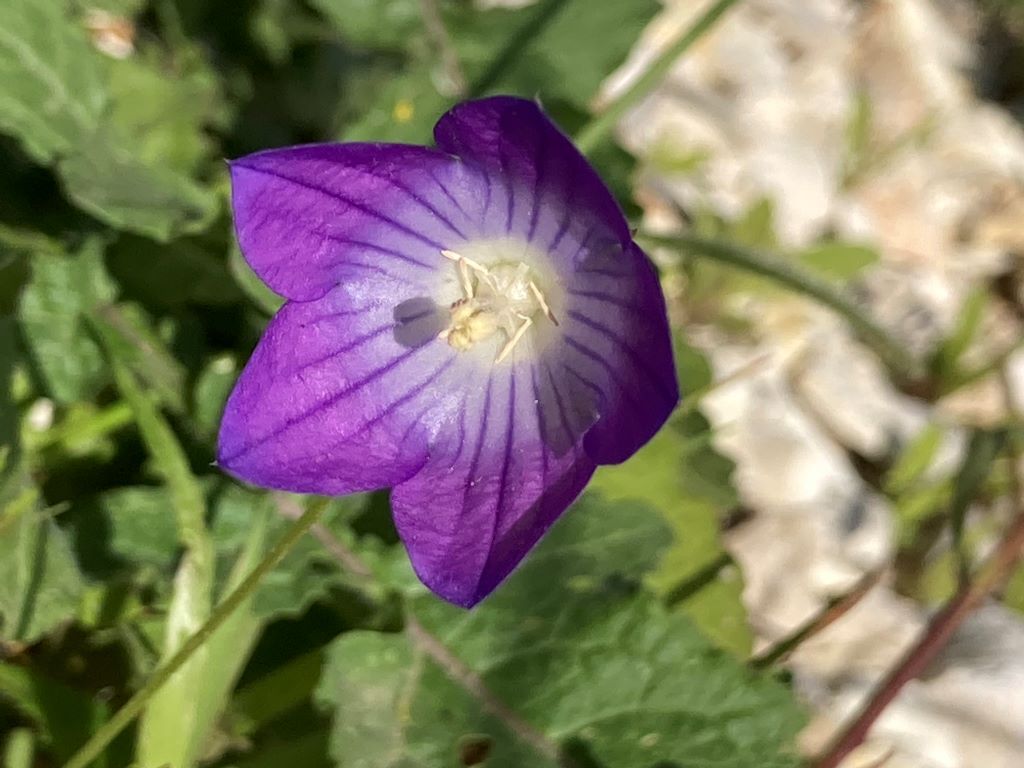
Balloon Flower- Platycodon grandiflorus
The Balloon flower is the only member of the genus Platycodon.
It is in the family Campanulaceae, which is the Bellflower family.
It is native to East Asia and the Russian far east.
Its name came from the balloon-shaped flower buds.
In Korea, the root is used in cooking but only after it goes through a process to remove the bitterness.

Adriatic Soapwort- Saponaria calabrica Guss.
The Adriatic Soapwort occurs through southern Italy, the Balkan peninsula, and western Turkey.
The flowers are very distinct and pretty. They come in shades of pink and white.
It belongs to the Genus Saponaria. “Sapo” means soap hence, the name soapworts.
Its fellow plant the S. Officinalis provides soap from its leaves or roots.
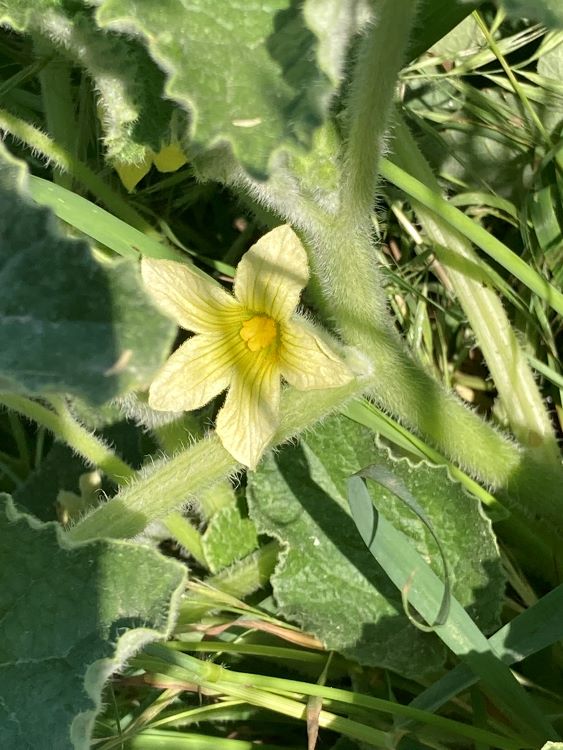
Squirting Cucumber- Ecballium elaterium (L.) A.Rich.
This is the sole species in the Genus Ecballium.
It is in the same family as cucumbers and the fruits look like small cucumbers.
It possibly acts as a poison when eaten so it is best avoided.
Its method of seed dispersion is where the name originated.
When the fruits are ripe, they squirt out a liquid that contains the seeds.
It is native to Europe, North Africa, and the temperate areas of Asia.

Wild Morning-Glory- Convolvulus arvensis L.
In the Morning Glory family and often called Field Bindweed.
This plant goes up anything upright and winds around the branches and stems of trees and plants.
It can get very heavy and choke out the light and air circulation from the tree or plant.
In central Europe, some uncommon bee species are dependent exclusively on this species of bindweed for pollen.

Poppy- Papaver humile Fedde
This is a very commonly seen poppy.
From Tirana to Vlora as well as in other places around Albania, you can find the poppy.
Usually, in fields with other flowers.
Native to the Eastern Mediterranean areas.
They sport a beautiful, deep red flower with a black center.
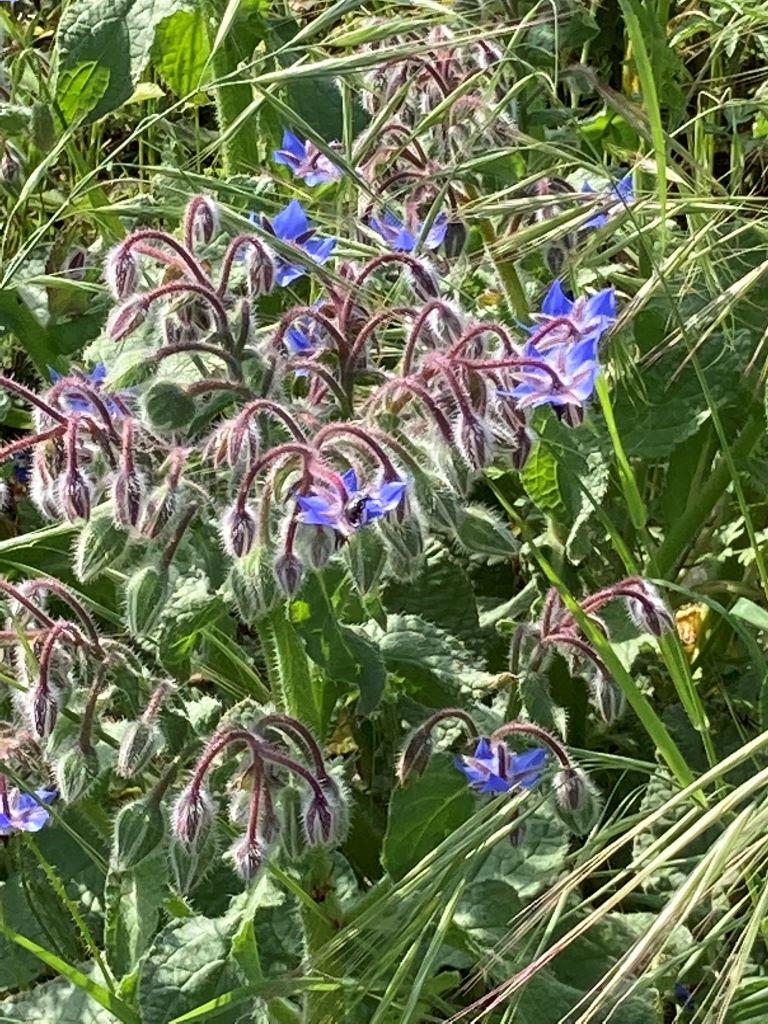
Borage- Borago officinalis
A native to the Mediterranean region and very prominent in Vlora.
It is also known as the Starflower due to its very distinct flower shape.
There are many medicinal and herbal uses for seeds and other plant parts.
Borage oil is made from seeds and is purported to be used to treat many different ailments.
There are also side effects to its use.
Used in cosmetics and soap making it is purported to have hydrating properties.

Milk Thistle- Sonchus oleraceus (L.) L.
The Milk Thistle is a member of the Dandelion tribe in the Daisy family.
They are native to Europe and Western Asia.
The young leaves and roots are edible and contain a long list of vitamins and minerals.
A coffee substitute is made from the young roots.
In conclusion, seeing these beautiful roadside flowers in Vlora is quite a sight! Hopefully, now you will be able to identify some of them.
If you are in the mood for more domestic flowers check out this link.
Thank you very much for visiting the Beautiful Vlora website. I hope you find it informational and helpful.
I welcome your questions and suggestions. Please feel free to fill out the Questions/Suggestions Form, below.
Thank you for taking the time to ask or suggest and I will answer you as soon as possible.
Once again, thank you, for visiting the Beautiful Vlora website.
VLORA PUBLIC SPRINGS AND FOUNTAINS
The Vlora Public Springs and Fountains are a great place to get safe, clean, free water.
The three locations are the Kanine Spring Fountain, Uji Ftohte Lion Fountain and the Fresh Water Spring at the Tunnel. All of their locations are marked on the map in the footer. Bring a bottle for a fresh taste test!


The Kanine Spring Fountain
The Kanine Spring Fountain is from a natural spring, with water that is clear, clean and tastes great! As it says on the fountain, “Kanin 100 Vjetori” which means Kanine 100th anniversary, so it has been there for over 100 years!
Kanine Spring Fountain itself has very distinct features. Within an arched stone frame, against a wall are etched an eagle and the words “Kanin 100 Vjetori”.
In the middle, a small bowl holds the water poured from the spring, which overflows into a stone basin.
Within the basin is a square stone to set your bottle on, for filling.
It has a nice stone seating area, a great place for contemplation, while you wait.
The fountain is located, just before the entrance to Kanine road, which leads to Kanina Castle. At the confluence of Rruga Unaza (SH8) and Rruga Zenel Murra.
Adjacent to the fountain is the Tulla Unaze bus stop, heading into Vlora.
Whether you are heading to the Kanina Castle or just out and about, get yourself some freshwater!!
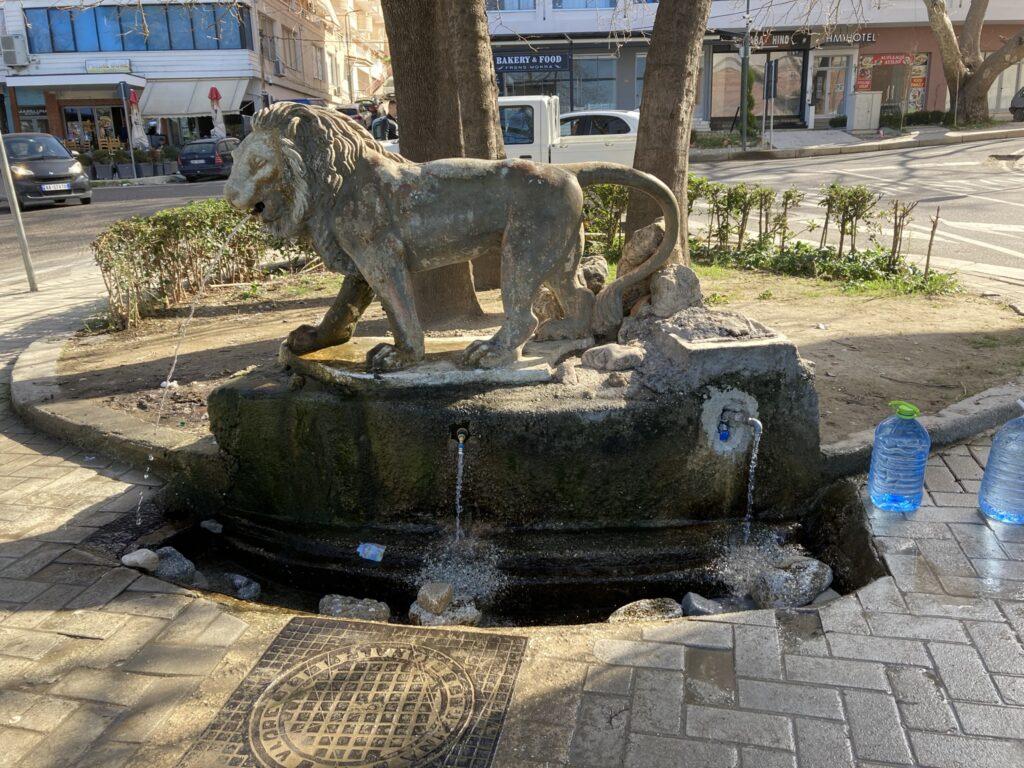
Uji Ftohte Lion Fountain
The Uji Ftohte Lion Fountain, with water sourced from the city water supply, is safe, cold, clean and great tasting water.
A regal lion stands on a rock outcropping, with water coming from its mouth and two places below it. The water flows into a basin where you can set your bottles, to fill them. In addition, the fountain runs continuously.
It is located in a small park, on a median between Rruga Dhimitër Konomi and Rruga Aleksandër Moisiu.
The Uji Ftohte buses turn around at the fountain and stop before they go back into town.
Furthermore, the beach is across the street, with a row of ball courts, comprised of Basketball and Tennis Courts. It looks like you bring your own balls and racquets if you want to play.
The Uji Ftohte Lion Fountain is a great place to quench your thirst after playing in the sand or on the court!!
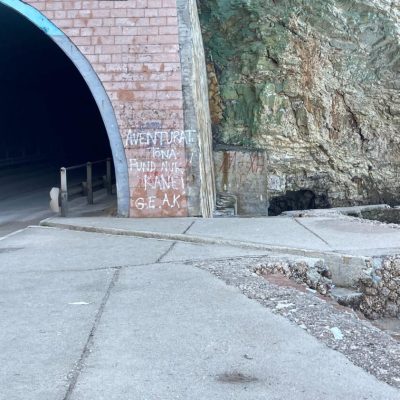
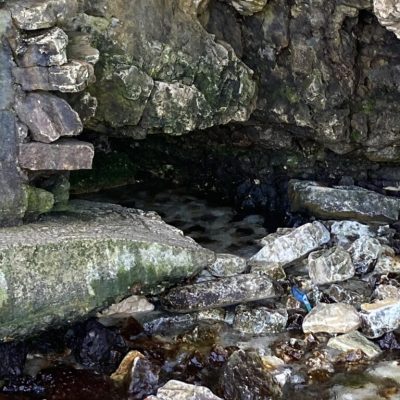
Fresh Water Spring at the Tunnel
The Fresh Water Spring at the Tunnel is a great place to stop and get a refill while you are hiking or enjoying the Bay of Vlora.
This spring comes out of a rock face under the Tunnel, which goes to Radhimë. Since the Tunnel is ancient, if I were to guess, the spring is also.
The water is very cold, clear and clean. It runs out of the rocks and then into Vlora Bay. On the bayside of the tunnel, go down the steps and at the bottom, there is a shallow cave in the rocks, on the left. Inside the cave is a small, natural pool, where people collect the water. There is no piped water so you have to dip into the pool.
In the summer this is a great place to get a refreshing, cold drink of water.
In conclusion, whether you need free drinking water for your home or you are hiking, you have three Vlora public springs and fountains to choose from.
On a personal note, I am the kind of person who gets sick, immediately from drinking or eating anything that is contaminated. I have drunk this water and had no ill effects.
In addition, we can reduce, reuse and recycle all of the plastic water containers that we buy, by refilling them at one of these three great fountains.
I welcome your questions and suggestions so please feel free to fill out the Questions/Suggestions Form, below.
Thank you for taking the time to ask or suggest and I will answer you as soon as possible.
Once again, thank you, for visiting the Beautiful Vlora website I hope you find it helpful.

